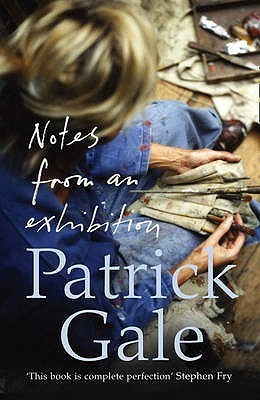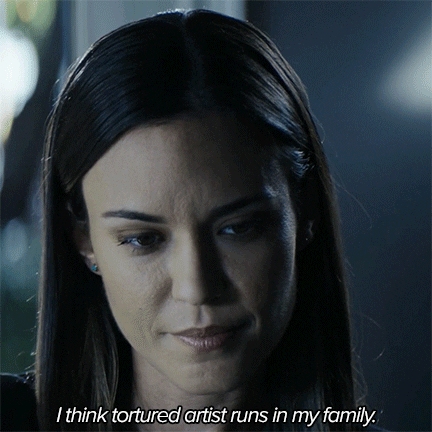What do you think?
Rate this book


377 pages, Paperback
First published July 2, 2007

Some books are great and you want to turn the pages faster and faster because you are so enjoying reading them but then other books are really fabulous and you want to turn the pages slower and slower to make them last. This story is one of the latter. Only when I discovered that Patrick Gale has a decent sized back catalogue to look into did I allow myself to keep reading to the end at a reasonable pace. I know I'm going to keep thinking about this story for weeks to come (at least).
The central character here is Rachel Kelly: an artist living in Cornwall, mother to four children, married to a Quaker, suffering from manic depression, with origins on the other side of the Atlantic. All these things become clear early in the book and yet the story is still a delicately told unwrapping and revealing of her life. The characters of the four children are wonderful, it's a completely convincing and realistic portrait of a family anchored around someone who is in many ways entirely unsuitable as an anchor.
The storytelling is perfect, dipping backwards and forwards in time without jarring and details being uncovered all the way through. I can't think of anything bad to say about the book except I could have read a lot more of it!
 This didn't resonate as much as I had hoped: a flatline 3 is all that it is worth.
This didn't resonate as much as I had hoped: a flatline 3 is all that it is worth.